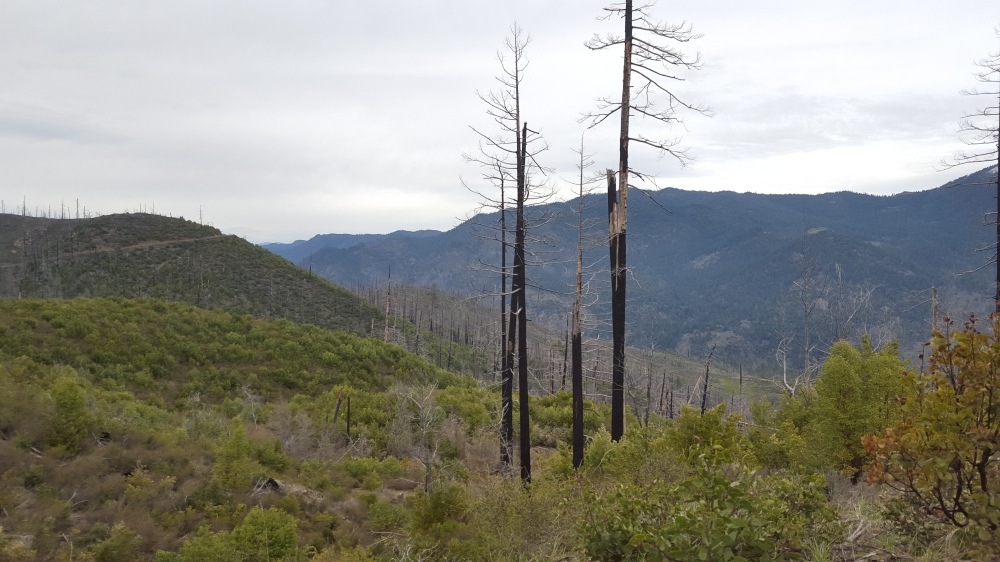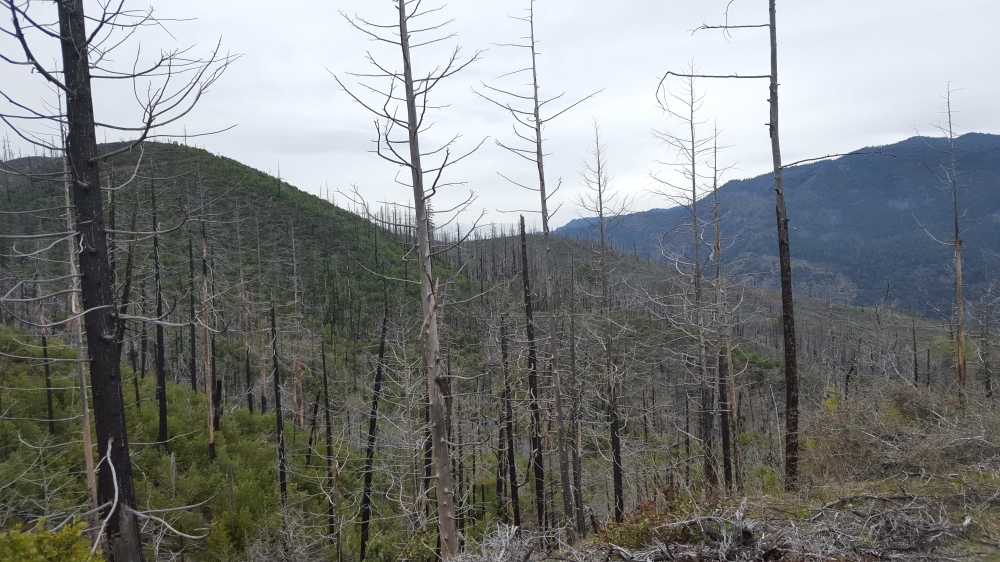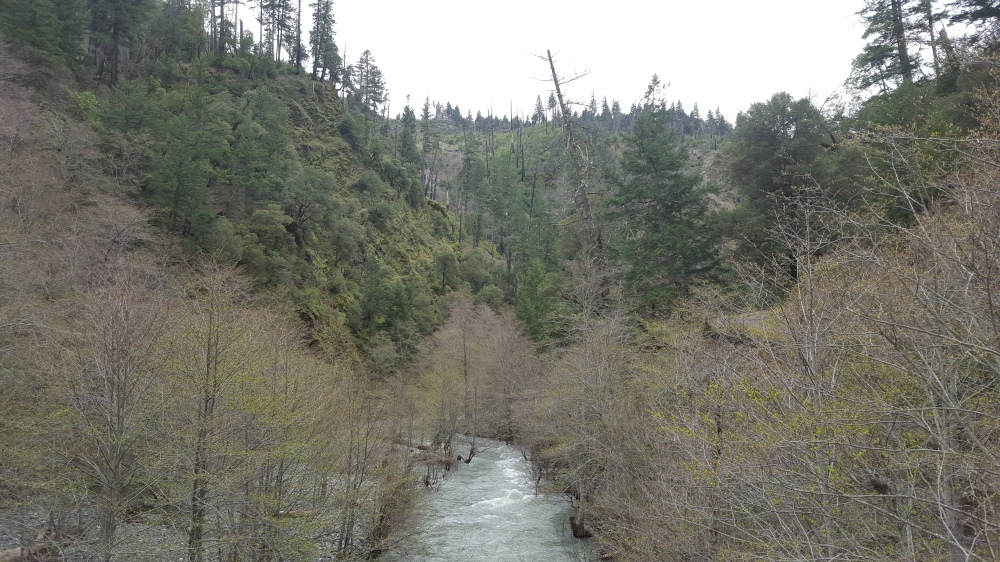
Im a bit behind on the pictures and posting… but here is a nice spring day somewhere near Barker Valley.

Im a bit behind on the pictures and posting… but here is a nice spring day somewhere near Barker Valley.
Here are some pictures from lower grouse creek on a rainy day with bad light… Still, it was an opportunity to see Grouse Creek close to flood stage.

For perspective, from the water to the top of the rock bluff in the center of the picture, its close to 200′.

We experienced a good old ‘normal’ winter this year in terms of rain. After several years of erratic rainfall, this winter had more consistent rain all winter, unlike last year where all the rain came in like three isolated storm events. Consistent rain charges the shallow aquifers and thats what gets all the seasonal creeks going – many of which have not seen surface flows for years.


I took a rainy, spring drive across Sims Mountain into Grouse Creek earlier this year and found myself in a young forest that once would have been described as devastated by wildfire. This area, north and west of Hyampom was part of the Lime Fire Complex that burned over 55,000 acres. These were fires started by lighting and took over 600 people and 38 million dollars to put out. Wow!

There are thousands of acres that are now, eight years later, beginning to regenerate. At first primary species dominated these areas; grasses and forbes, then whitethorn and manzinita. These open forest envionrments provide habitat for countless animal and bird species. Many of these forest types would not exist if it were not for fire.

Fire has historically been viewed as a negative and in many ways still is. In California we burn through ridiculous amounts of money trying to control fire. Fire however, is not so simple to control. In doing so we have over-loaded our forests with growth so when they do burn, they burn hotter and more destructive than they would otherwise. We know through dendrochronology and archeological records that fire has been a part of the California climate – until we started putting the fire out in 1920s. Now we are faced with a complex situation of private property and human safety versus an ever increasing risk of catastrophic fire.
